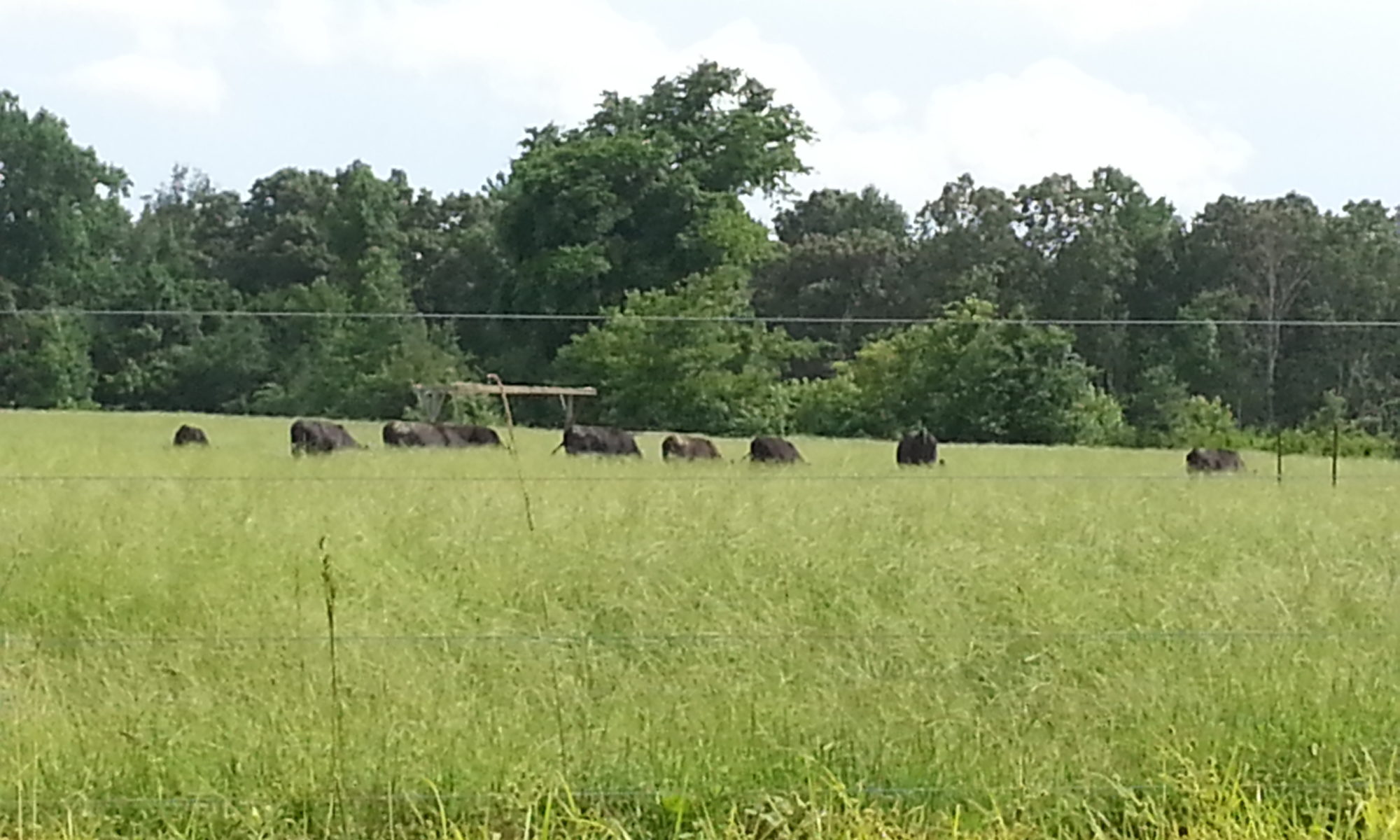

Dr. Andrew Griffith
Assistant Professor
Department of Agricultural and Resource Economics
P: 865-974-7480
Many people associate the term gluttony with overeating, which can be further associated with scriptures in the Bible. Another common use of the word is “he must be a glutton for punishment.” In simple terms, gluttony is excess consumption, and this excess consumption can be of anything including food, energy, entertainment, and the list continues. How does the term gluttony fit the cattle market? The remainder of this article will discuss a few ways.
The first gluttony that comes to mind is the glut of spring born calves that make their way to livestock markets in October and November. As of this writing, the number of animals heading to the auction block over that two-month period is unknown, but the number of cattle being marketed was beginning to increase heading into October. Thus, their will be a glut of calves traded that will likely place pressure on calf prices as they do every year. The number of calves marketed this year should be less than last year due to a smaller calf crop, but there will still be a lot of calves chased into bumper hitches and goosenecks.
The second thought on gluttony is the number of cattle on feed. Based on the monthly USDA Cattle on Feed report, the number of cattle on feed from January through September had exceeded the same month for the previous year in each of those nine months. The year-over-year differences were not always big numbers, but an increase in a year with a smaller calf crop throws up warning signs just like the U.S government handing out “free” money. This gluttony is not likely to persist as the breeding herd continues to decline.
The third gluttony is associated with the second gluttony. Federally inspected cattle slaughter rates in 2022 have been excessive. For the first 38 weeks of 2022, heifer slaughter exceeded prior year slaughter by 4.6 percent while beef cow slaughter was 13.0 percent higher in 2022 than in 2021. Most of the increase in slaughter was not a voluntary management decision, but rather necessary for producers who were challenged with drought and increasing input costs. Excessive slaughter this year will reduce the breeding herd and the number of animals available to move through the system the next few years.
The fourth gluttony is more related to the feed market. Many cattle producers tend to feed cattle in excess. One could say the cows are gluttons, but the gluttony here is the impact it has on total feed costs. With the expectation that commercial feed and hay prices will remain elevated through the winter and spring, cattle producers cannot afford to feed anymore than is necessary. Some producers may realize this more than others if they do not have their hay needs secured at this point, but there is no inexpensive feed this year. This statement holds for grazed feed as well given that fertilizer prices are high and winter annual forage seed is not being given away. Maybe Oprah Winfrey could lend a hand: “You get a bale. You get a bale. And, you get a bale.” This may not be equivalent to the cars and gift baskets she used to give away, but it would certainly be appreciated!
The fifth and final gluttony is consumer demand for beef. This gluttony does not actually exist as all participants in the cattle industry desire stronger beef demand. However, beef demand has demonstrated its strength ever since the onset of coronavirus in 2020. With inflation increasing and the Federal Reserve System (The Fed) attempting to put the brakes on inflation with higher interest rates, there is potential for beef demand to soften as consumer purchasing power declines. However, consumers may surprise the beef market and continue purchasing beef. Who has ever heard of eating too much beef?
This may have not been the best use of the word gluttony, but excess is a problem in many lives and many aspects of an individual’s life. It was once said, “If some is good then more is better.” In some cases that is correct. However, I have never heard anyone who had septic tank issues say that more would be better. Maybe we are all gluttons for punishment.